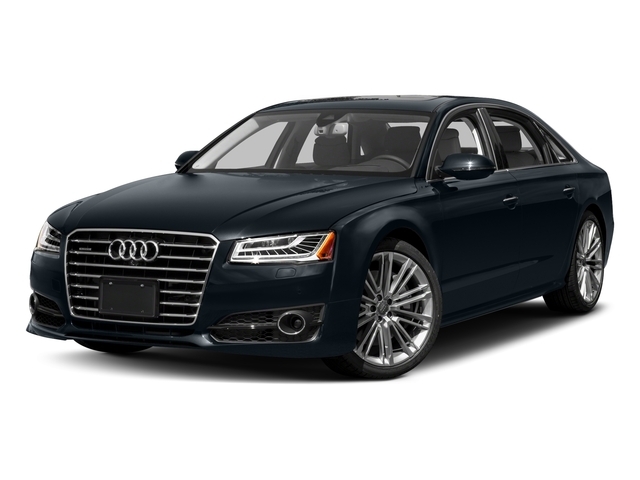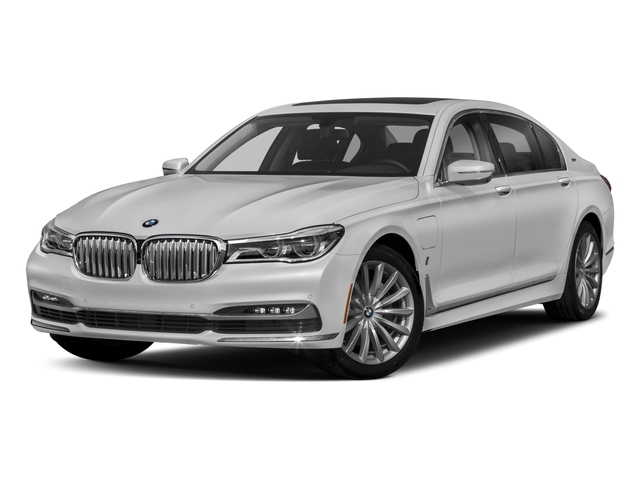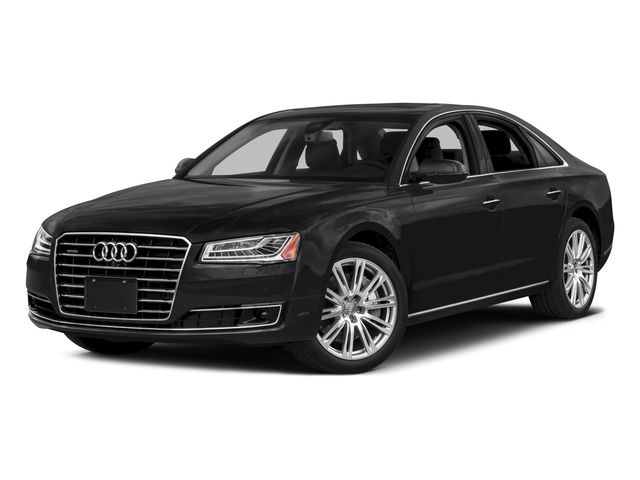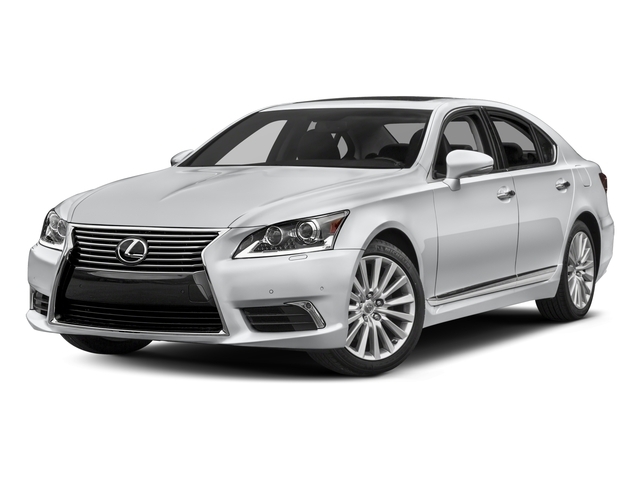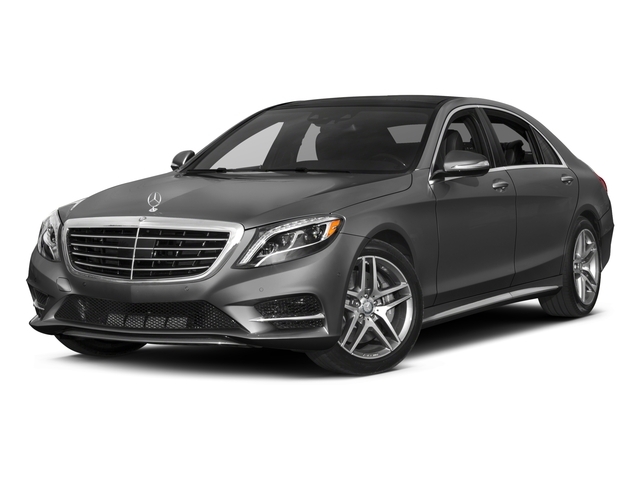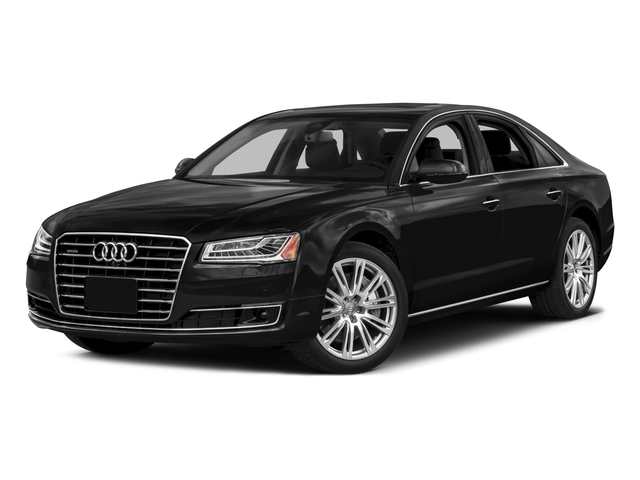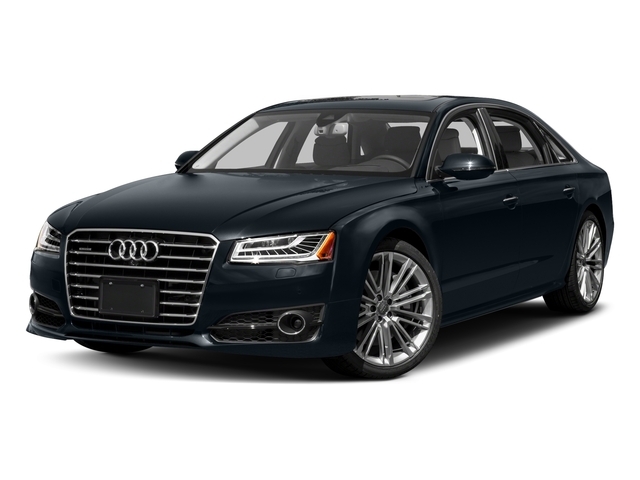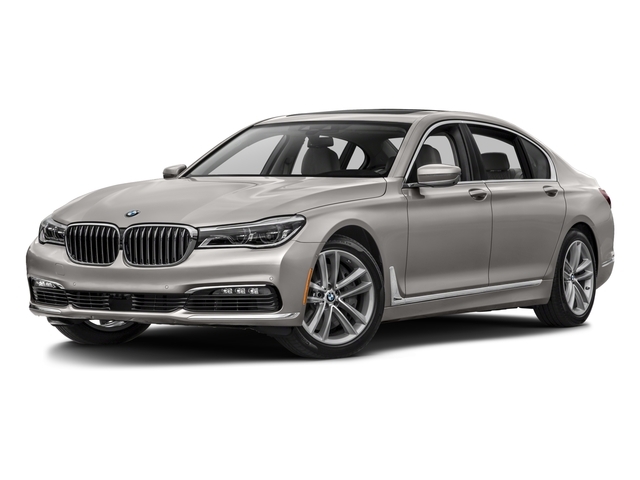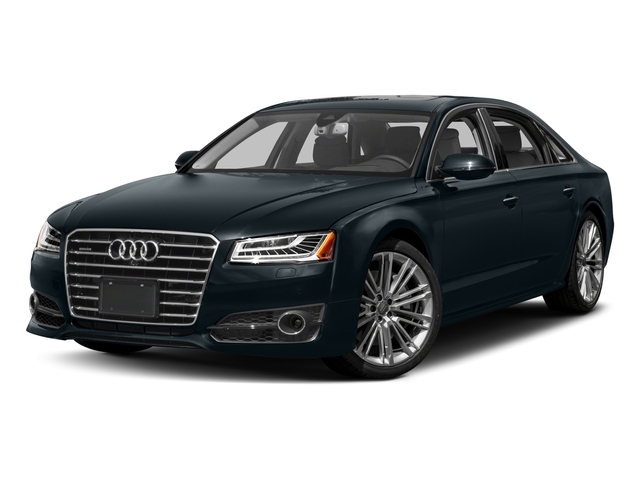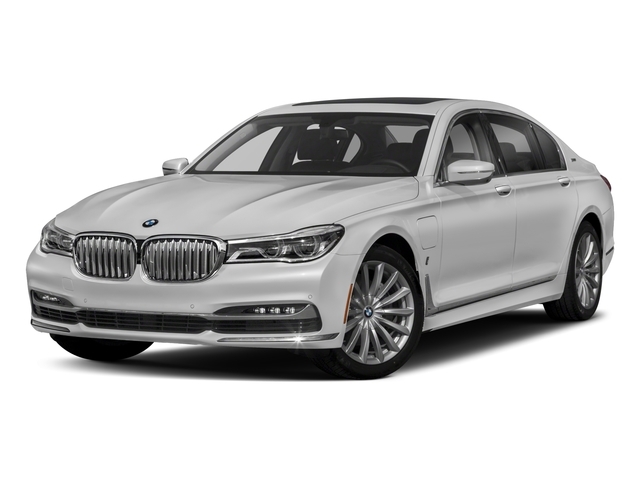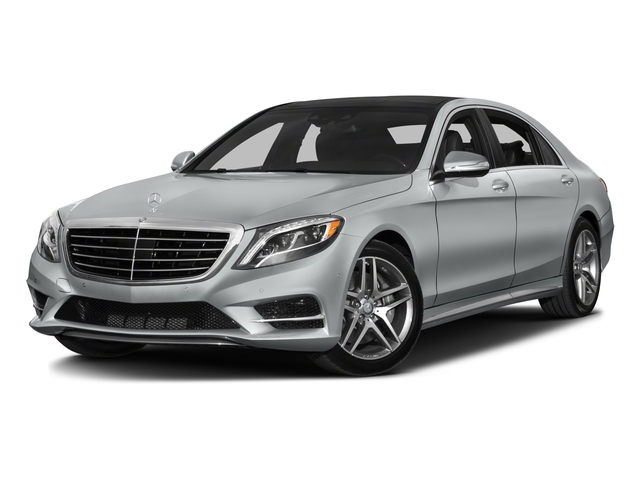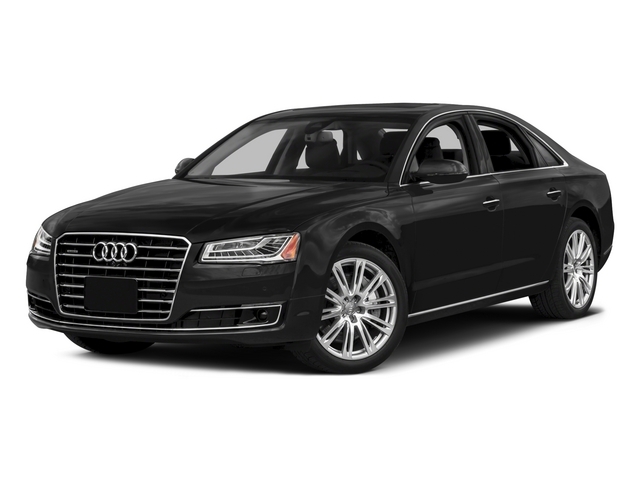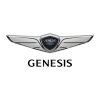
2017 Genesis G90

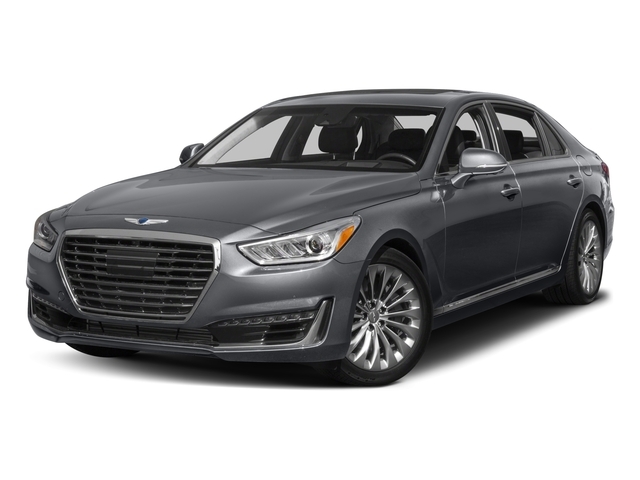
Key Specifications for 2017 Genesis G90






Buyer’s Guide
2017 marks a big year for Korea's largest automaker. Not only has it launched several key products, it's also launching a brand new nameplate: Genesis. The G90 is a brand new flagship. It takes over for the Equus, and features new styling, cutting-edge features, and a platform that's claimed to be stiffer than the Mercedes-Benz S-Class. Game on!
The G90 is marginally longer, wider, and taller than the Equus it replaces, making it about the same size as long-wheelbase European flagship sedans. Despite the growth, the G90 is sleeker and more elegant to look at than the former range-topping Hyundai - even if it no longer has a Spirit of Ecstasy-style hood ornament. Visually, the G90 draws from the styling of the G80, the model formerly known as the Genesis Sedan. Adaptive HID headlamps are standard, with LEDs as an option. It's easier to tell the G80 and G90 apart from the rear, where the bigger model receives waterfall-style tail lamps versus the G80's horizontal units. The G90 also gets trapezoidal tailpipes and a chromed lower fascia.
The G90 debuts Hyundai's first twin-turbocharged production engine. A 3.3-litre V6, it develops 365 horsepower and 376 lb-ft of torque, which gives it a substantial power torque advantage over the Audi A8 3.0T, but it isn't quite as grunty as the 400-hp 3.0-litre engines available in the Cadillac CT6 and Lincoln Continental. Unlike either of these two models, the G90 is available with a V8 engine, a naturally aspirated 5.0-litre engine that develops 420 horsepower and 383 lb-ft of torque. Both drivetrains feature an eight-speed automatic as standard equipment.
A seeming necessity for a flagship sedan, the Genesis G90 also comes with HTRAC all-wheel drive, something the previous Equus did not offer. To give the G90 a hushed, relaxing ride, it features double-glazed front and rear windows, and thicker carpeting. The G90 also receives Hyundai's variable steering gear system for more cornering agility, plus adaptive damping. Radar cruise control, emergency autonomous braking with pedestrian detection, head-up display, and a 360-degree parking camera make this the most advanced and well-equipped Hyundai product ever made.
Inside, the design of the G90 is similar to that of the G80. The two vehicles feature a similar cabin design theme, though the G90 goes a step further with a stitched dash-top and door trims, glossy wood trim, ambient lighting and perforated Nappa leather upholstery to provide an interior ambiance fitting of a six-figure luxury vehicle. A 22-way power driver's seat and 16-way front passenger's seat with heating and ventilation ensure comfort up front, while those riding in the rear can be treated to a 40/20/40 power reclining rear seat with heating, ventilation, and power seatbelt adjustment. Power side and rear sunblinds are also on the equipment list.
Compared to the Equus, the G90's in-car infotainment is light-years ahead. A 12.3-inch high-definition screen is standard and comes with a remote-mounted iDrive-style controller and wireless device charging. Genesis hasn't skimped on the audio equipment, either. A 17-speaker 7.1-channel surround sound system by Lexicon should give the world's finest sound systems a run for their money. Rear-seat riders also benefit from dual 9.2-inch infotainment displays, which come standard on V8-powered G90s.
While the Equus wasn't a big seller for Hyundai in Canada, the Genesis G90 should do comparably better thanks to its broader appeal, modern styling and technology, and new powertrain choices.
Review & Compare:
Photos

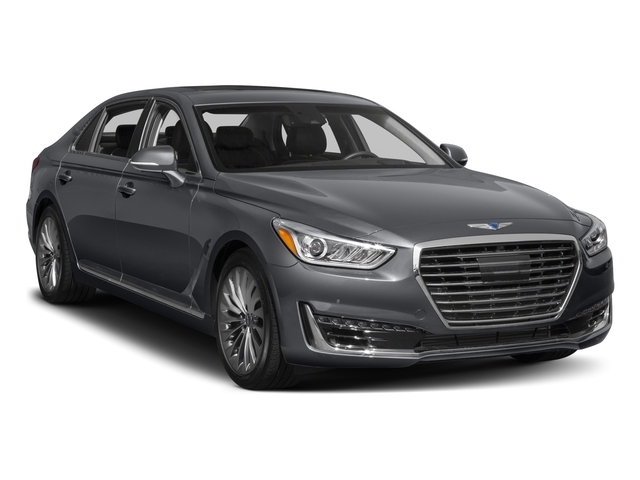
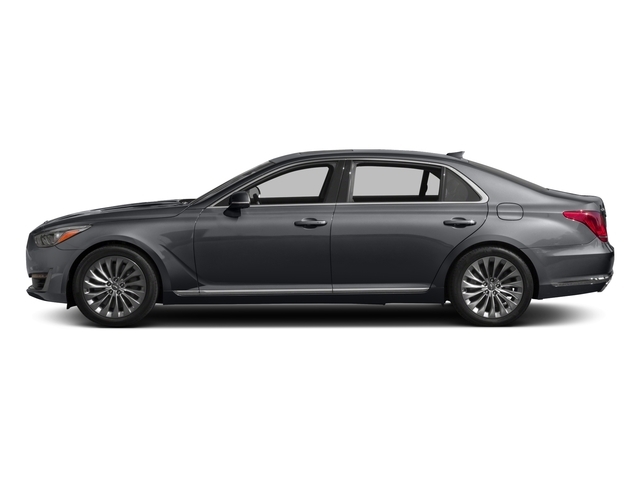

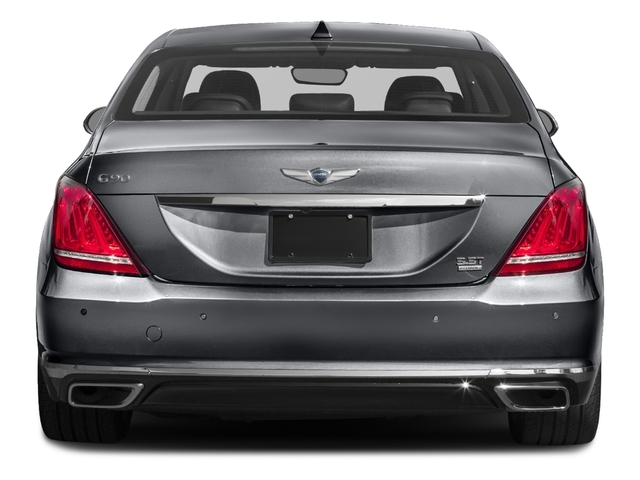
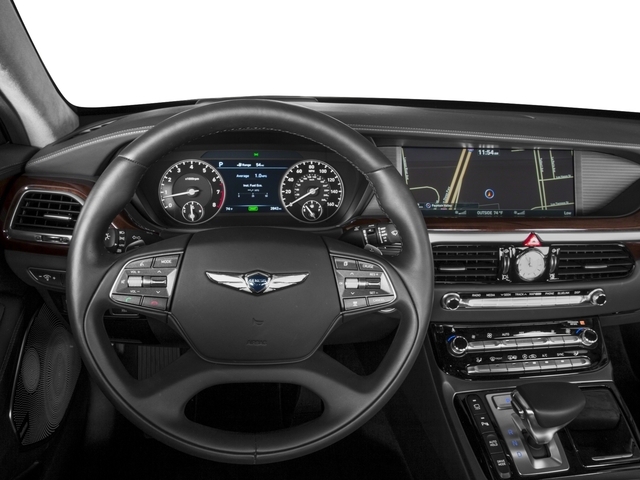
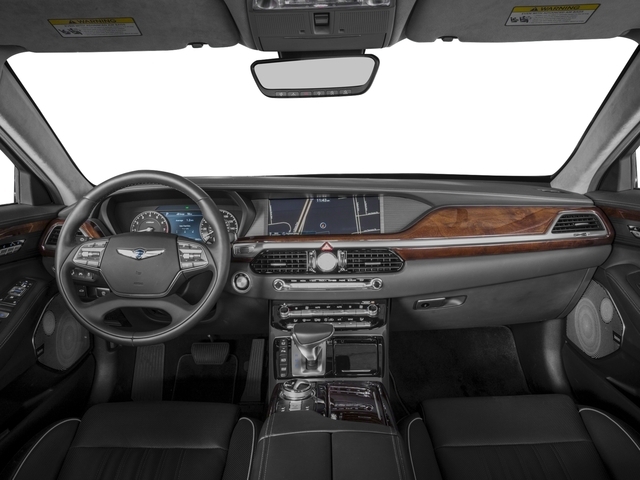
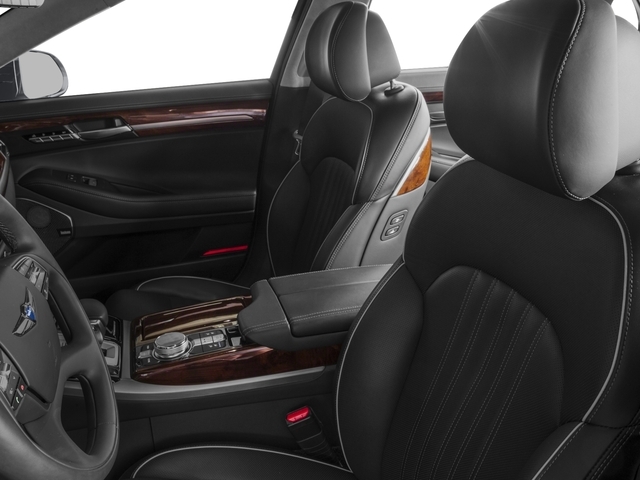
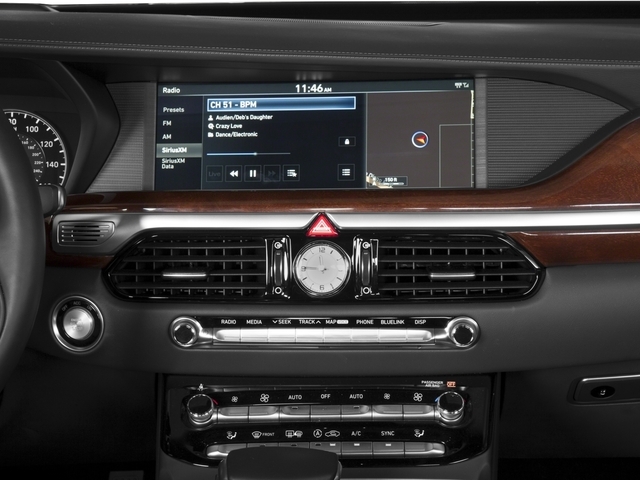
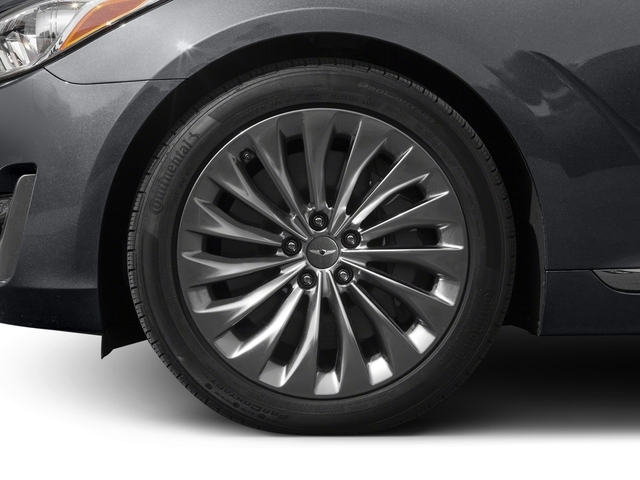
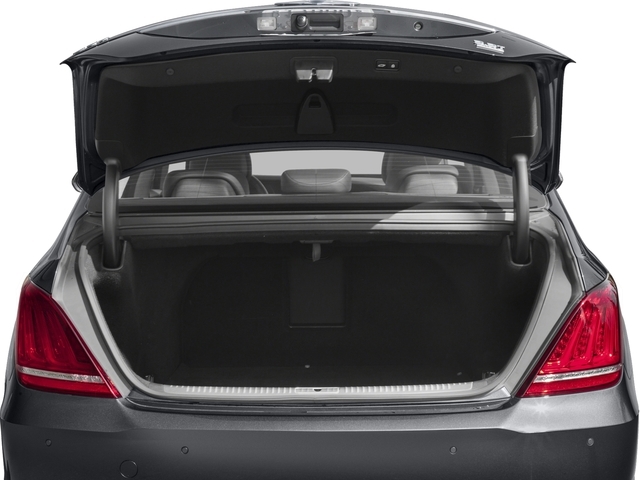

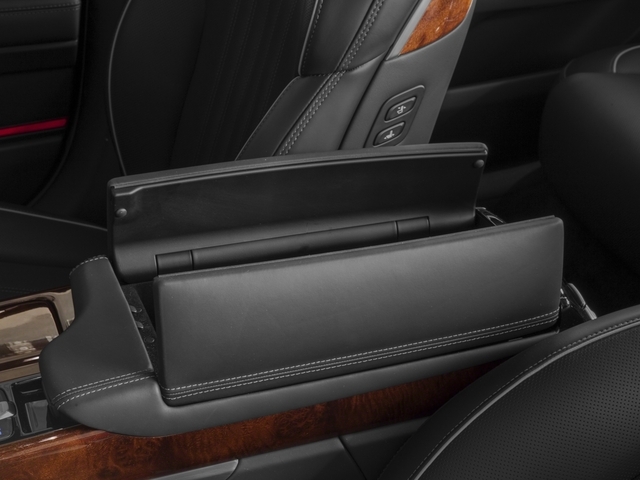
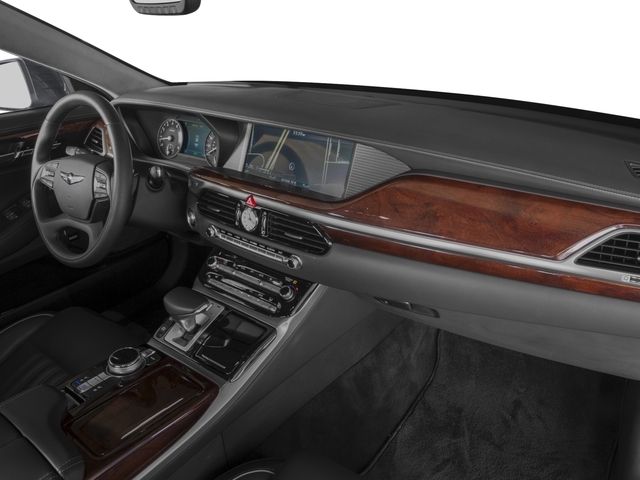














AutoTrader Review















